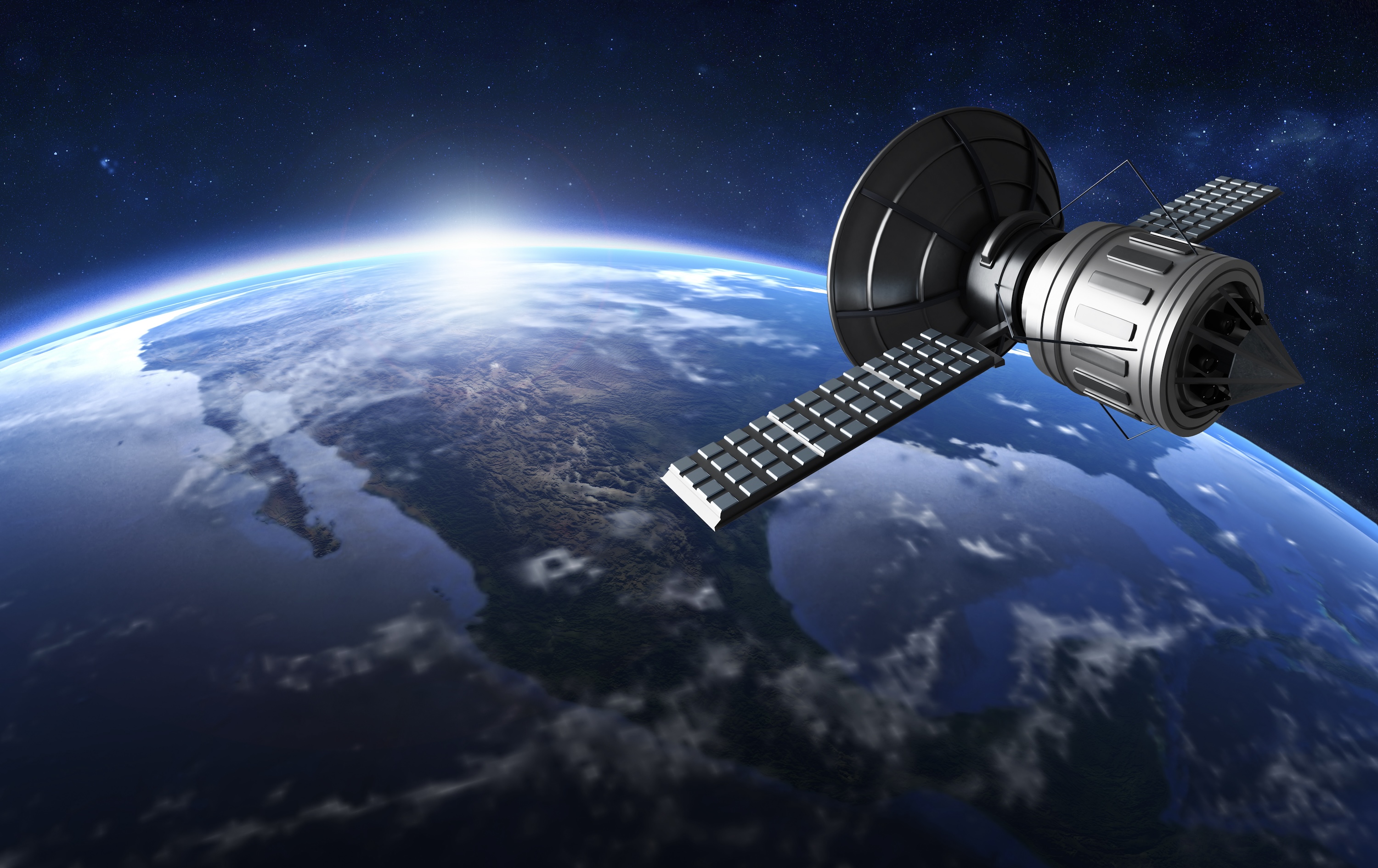Advantage of Leveraging LLMs in the Satellite Industry (07/05)
Table of Contents

Introduction
Satellite technology has seen remarkable advancements over the past few decades, becoming indispensable across various industries such as weather forecasting, communication, Geographic Information Systems (GIS), and environmental monitoring. As its technology evolves, the potential applications of Large Language Models (LLMs) are gaining increasing attention. LLMs, a subset of natural language processing (NLP), are AI models capable of understanding and generating human language.
Data Processing and Analysis
LLMs can revolutionize the processing and analysis of satellite data. Satellites collect vast and complex datasets, making effective analysis crucial. LLMs excel in learning and analyzing patterns in these data. For example, they can enhance weather prediction models by analyzing meteorological data collected by satellites or monitor terrain changes by analyzing geographic data. Such analyses are valuable in disaster prevention, resource management, agriculture, and various other fields.

Challenges
Improving Satellite Communication
Moreover, LLMs can enhance the efficiency of communication. By processing and analyzing data generated from communications between satellites and ground stations, LLMs can improve communication quality and optimize data transmission speeds. This leads to increased stability and reliability in communications.
Automation in Operations
LLMs also play a crucial role in automating satellite operations. Tasks such as orbit adjustments, system diagnostics, and error detection can be automated, aiding in the efficient management of satellites. This not only reduces operational costs but also extends the lifespan of satellites.
Challenges and Considerations
However, several challenges must be addressed when leveraging LLMs. First, the sensitive and critical nature of data necessitates stringent data security and privacy measures. Second, continuous verification and improvement of model accuracy and reliability are essential to trust the analysis results produced by LLMs. Third, the necessary infrastructure and technology must be secured to facilitate the use of LLMs.

Conclusion
In conclusion, LLMs hold great promise in the satellite industry, offering innovative changes in data analysis, communication efficiency, and operational automation. These advancements can drive further progress in technology and create new value across various industries. It is crucial to continue exploring and developing the potential of LLMs in the satellite field. As we move forward, the combination of LLMs and satellite technology will lead to more advanced capabilities, making our lives more convenient and secure.
If you want to learn more, visit the links!
